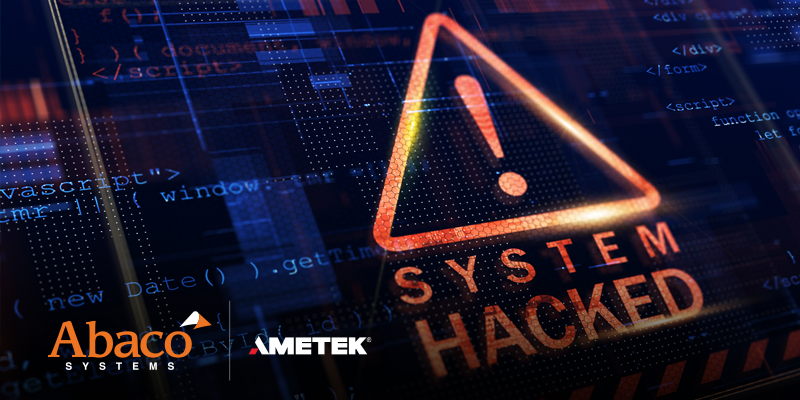Share

Zero Trust has been a big buzz word in cybersecurity lately —President Biden recently signed an executive cybersecurity order that requires Zero Trust to become a top initiative for federal government agencies. So what is it exactly? The words Zero Trust come from the basic principle of “never trust, always verify.” In its simplest form, the model focuses on controlling sensitive data stores, applications, networks, and systems. It controls access to these entities based on defined roles, greatly improving an organization’s cybersecurity and decreasing risk of attacks.
For the MIL-STD 1553 bus, Zero Trust is the mechanism of total control. You want to control every message that should be used during flight. You control every message that you don’t want to be used during flight. Until recently, there wasn’t a way to control every message and remove those messages that you didn’t trust. Abaco recently introduced the 1553Guard, a solution with the capability to control every message that is seen on the “wire” and make the instantaneous decision that it is trusted or not trusted. 1553Guard removes that message from the traffic on the bus so that it is not able to cause any harm that might wreak havoc on your platform. That cyber bad guy has probably spent years planning and executing that attack – won’t they be unhappy!
The rules are different when you are on the ground and running tests or preparing for flight. There are different folks doing ground testing and operations. Around the globe and in every country, many things change constantly. Zero Trust is again the mechanism of total control. Only certain tests or operations may be allowed while not in a trusted environment, in a “less trusted” environment, or even in a trusted environment. 1553Guard helps with all three trust environments, monitoring 24/7 for harmful traffic to protect your databus from attack.
1553Guard works as soon as you “plug” it in, no costly hardware or software upgrades needed. No figments of imagination, we protect now and we do it with microsecond resolution. We are ready to fly more safely, are you? Let us show you how.
Enjoyed this blog? You might be interested in the blog: "Why You Need to Secure Your 1553 MIL-STD Databus and Five Things You Must Have in Your Solution"

